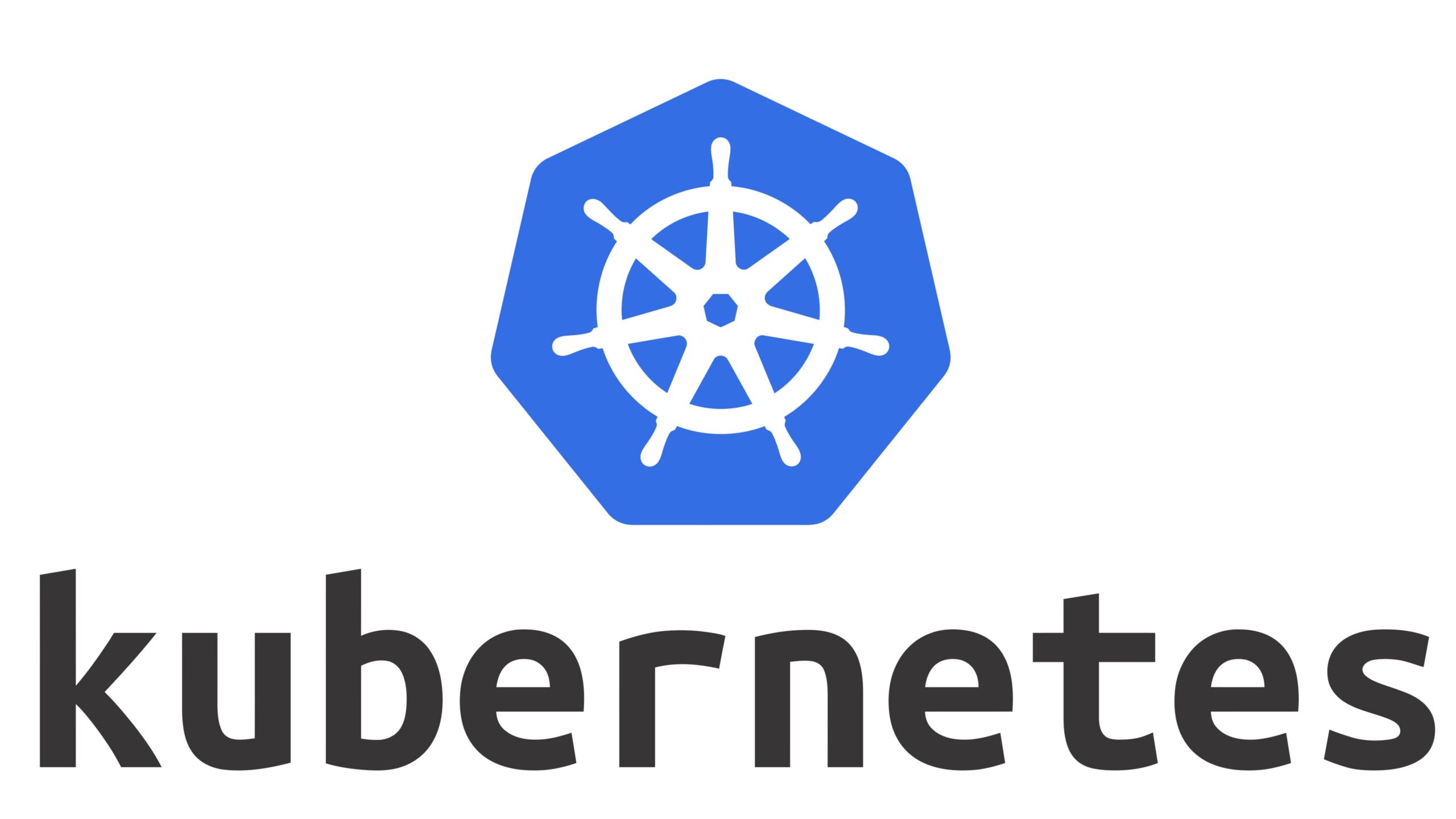Kubernetes, often abbreviated as K8s, is an open-source platform to automate deployment, scaling, and operating applications in containers. Think of containers as lightweight, portable, and self-sufficient units that package software and all its dependencies so it can run consistently across various environments. Kubernetes helps manage these containers, ensuring that they run smoothly and efficiently.
Uses of Kubernetes
- Application Deployment: Kubernetes makes it easy to deploy applications across different environments, whether it’s your local machine, on-premises servers, or cloud platforms.
- Scaling Applications: Automatically adjusts the number of running containers based on demand, ensuring your application can handle traffic spikes without manual intervention.
- Load Balancing: Distributes network traffic across multiple containers to ensure no single container is overwhelmed, improving application availability and performance.
- Self-Healing: Detects and replaces failed containers, restarts containers that fail, and kills containers that don’t respond to user-defined health checks.
- Storage Orchestration: Automatically mounts the storage system of your choice, such as local storage, public cloud providers, or network storage systems.
- Automated Rollouts and Rollbacks: Manages the deployment of new versions of applications and can automatically roll back to a previous version if something goes wrong.
Benefits of Kubernetes
- Portability: Because Kubernetes runs on a variety of environments (on-premises, public cloud, hybrid), it provides a consistent and portable environment for applications.
- Efficiency: Kubernetes optimizes resource usage by automatically managing the scheduling and distribution of containers across a cluster, reducing costs.
- Scalability: Easily scales applications up or down based on demand without downtime, ensuring efficient use of resources and better user experience.
- Automation: Many manual tasks related to deploying, scaling, and managing applications are automated, saving time and reducing the risk of human error.
- Flexibility: Supports various programming languages and frameworks, allowing for diverse application deployments.
- High Availability: Ensures applications are always available by distributing containers across multiple nodes, providing redundancy and fault tolerance.
Limitations of Kubernetes
- Complexity: Kubernetes has a steep learning curve and can be complex to set up and manage, especially for beginners.
- Resource Intensive: Running Kubernetes requires significant computing resources, which might be overkill for small-scale applications.
- Security: While Kubernetes provides many security features, managing them properly requires a deep understanding of the system to avoid vulnerabilities.
- Operational Overhead: Managing and maintaining a Kubernetes cluster requires ongoing effort and expertise, which can be a burden for smaller teams.
- Evolving Ecosystem: Kubernetes is constantly evolving, which means staying up-to-date with the latest features, best practices, and security updates can be challenging.
Azure Kubernetes Service (AKS) vs. Amazon Elastic Kubernetes Service (EKS)
Azure Kubernetes Service (AKS) and Amazon Elastic Kubernetes Service (EKS) are managed Kubernetes services provided by Microsoft Azure and Amazon Web Services (AWS), respectively. Both platforms offer robust Kubernetes environments, but they have unique features and strengths.
Overview
Azure Kubernetes Service (AKS):
- Provider: Microsoft Azure
- Launch Year: 2018
- Primary Focus: Integration with Azure services, ease of use, and developer productivity.
Amazon Elastic Kubernetes Service (EKS):
- Provider: Amazon Web Services (AWS)
- Launch Year: 2018
- Primary Focus: Integration with AWS services, flexibility, and scalability.
Key Features and Benefits
Azure Kubernetes Service (AKS)
- Integration with Azure Ecosystem: Seamless integration with Azure services like Azure Active Directory, Azure DevOps, and Azure Monitor.
- User-Friendly: Known for its user-friendly interface and simplified setup process, making it easier for beginners to get started.
- Cost Management: Offers cost-effective solutions with features like Azure Reserved VM Instances and spot instances.
- Security: Enhanced security features, including Azure Active Directory integration for identity and access management.
- Developer Productivity: Tools like Visual Studio Code and GitHub Actions for streamlined CI/CD workflows.
Amazon Elastic Kubernetes Service (EKS)
- Integration with AWS Ecosystem: Tight integration with AWS services like IAM (Identity and Access Management), CloudWatch, and AWS Fargate.
- Scalability: Highly scalable, with the ability to handle large, complex applications and workloads.
- Flexibility: Supports a wide range of EC2 instance types and can be integrated with AWS Outposts for on-premises deployments.
- Security: Strong security posture with features like IAM roles for service accounts and AWS PrivateLink.
- Performance: Optimized for performance with features like Amazon EBS for persistent storage and high throughput networking.
Use Cases
AKS Use Cases:
- Enterprises heavily invested in the Azure ecosystem.
- Applications requiring deep integration with Azure services.
- Organizations looking for a more straightforward, user-friendly Kubernetes setup.
EKS Use Cases:
- Enterprises already utilizing AWS infrastructure.
- Applications that demand high scalability and flexibility.
- Workloads requiring advanced networking and security features.
Limitations
AKS Limitations
- Regional Availability: AKS might not be available in all Azure regions.
- Learning Curve: While easier than EKS, AKS still requires a learning curve for those new to Kubernetes.
- Resource Limits: Some users might find the default resource limits restrictive for very large deployments.
EKS Limitations
- Complexity: EKS can be complex to set up and manage, particularly for users not familiar with AWS services.
- Cost: EKS pricing can be higher, especially when leveraging multiple AWS services and features.
- Setup Time: Initial setup and configuration can be time-consuming compared to other managed Kubernetes services.
Conclusion
Kubernetes is a powerful tool for managing containerized applications, offering significant benefits like portability, scalability, and efficiency. However, it also comes with challenges, such as complexity and resource demands. Understanding both its advantages and limitations can help you determine if Kubernetes is the right solution for your application deployment and management needs.
Keep following: SharePointCafe.NET

